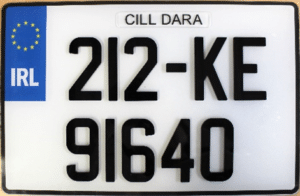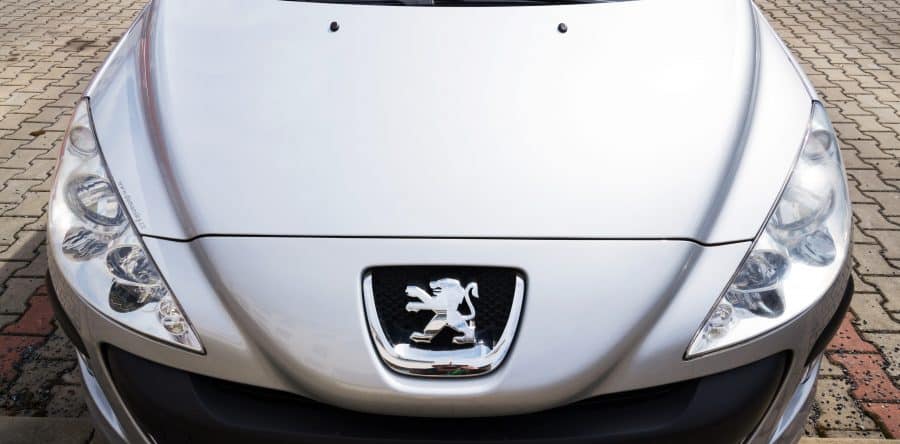
Since the dawn of the simile, people have always used animals to make real world parallels. How often have you come across phrases like ‘as sly as a fox’, ‘as blind as a bat’ or ‘as busy as a bee’? Animals, in all their unique glory and millions of variations, are the perfect way to attribute traits to people and objects – and it’s something that has been common practice for a long time.
The world of logo design has also taken advantage of animal characteristics. Animals are so synonymous with their traits that we find ourselves making assumptions about a company just based on the animal it uses for its logo. A company employing the use of an elephant, for example, might make us assume the company is large and instil a sense of stability about that company. Car companies are notorious for their use of big cats in their logos to symbolise speed.
Here’s a look at the most common types of animals used in logos and which companies employ their use:
Big Cats in Logo Design
Big cats vary a lot in the wild. You have the sleek, cunning panther, the fast and agile cheetah and the majestic and regal lion. However, one thing all big cats have in common is that they are a very powerful symbol. They are some of the most vicious and deadliest wild animals, and probably the last species you would want to accidentally encounter in the wild.
Here are some companies that utilise big cats in their company logo design:
- Puma
- Jaguar
- Peugeot
- Metro-Goldwyn-Mayer (MGM)
For Jaguar and Peugeot, no doubt their use of big cats is to symbolise the power and speed that they want to instil in the minds of their consumers when they think about their cars. For Puma, the founder wanted the logo to represent the speed, strength, suppleness, endurance and agility found in athletes; traits which are shared with the puma cat. As for MGM, their production logo design of a lion roaring inside a ring is as iconic as logos come, and creator Howard Dietz claims he decided to use a lion as a tribute to his alma mater, Columbia University, whose athletic team nickname is The Lions.
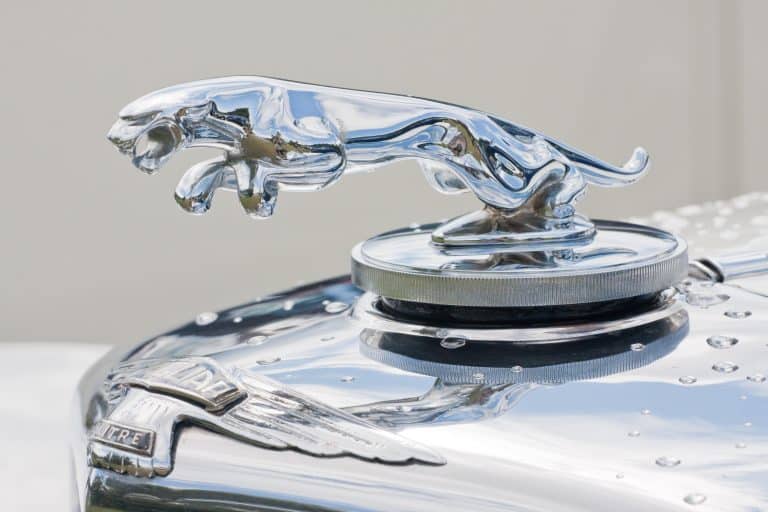
Dogs in Logo Design
Dogs are known for one important aspect of their personality: loyalty. In business terms, brand loyalty is incredibly important. Man’s best friend can symbolise a lot, dog breeds often take on personas and characteristics of their own, but the fundamental beloved trait of pretty much every kind of dog is their unwavering loyalty to their masters.
Here are some companies that utilise dogs in their company logo design:
- HMV
- Churchill
- Dogs Trust
- Brew Dog
The famous dog looking into a gramophone used by HMV originates from a painting of a terrier mix dog named Nipper. The painting is called ‘His Master’s Voice’, which is also where music shop HMV takes its name. The optimistic dog Churchill, perhaps best known for his catchphrase ‘Oh yes!’, is the mascot for the insurance company of the same name. Named for British Prime Minister Winston Churchill, the dog is a bulldog, a well-known symbol of British identity like Churchill himself.
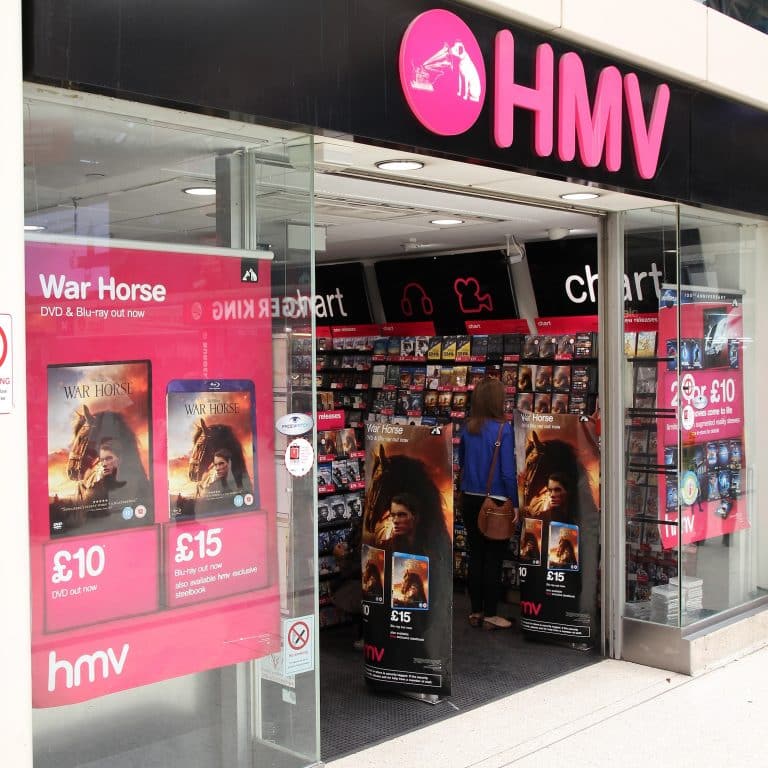
Bears in Logo Design
Bears are interesting animals to use in logos. Whilst they are ferocious and deadly creatures in reality, in the world of logos companies often try to bring out the softer, cuddlier side of these creatures to advertise their business.
Here are a couple of examples of bears in logos:
- Haribo
- WWF
Haribo’s bright yellow bear started out as the Dancing Bear – a bear-shaped figure made from gummi – it was inspired by trained bears that were a part of the festivities at annual markets and celebrations in 19th century Germany. The gold bear was born in 1960 and changed over the years to become what we know today in 1989, when he was given his iconic red bow tie for the first time.
As for the World Wide Fund for Nature, the iconic panda logo came from Chi-Chi, a giant panda that was living in London zoo in 1961, the year WWF was created. The founders were aware that the logo would overcome language barriers, and that a big, furry animal would make an appealing choice. The logo is recognised worldwide as a universal symbol for the conservation movement.
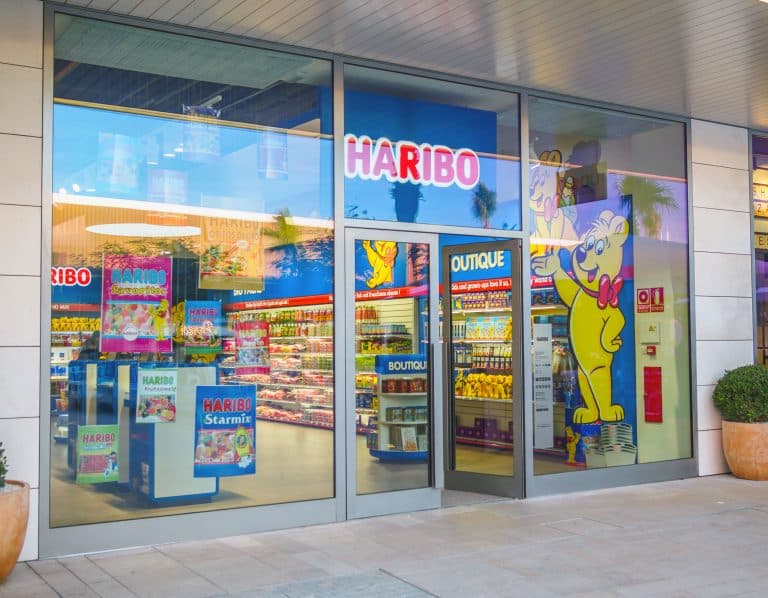
Birds in Logos
Birds feature in many logos no doubt due to their extensive variety of breeds, all of which conjure up a different kind of image. The owl, of course, is synonymous with intelligence, and the majestic eagle symbolises strength and courage – not to mention its representation of freedom brought on by its use as the emblem of the United States.
Here are some examples of companies that use birds in their company logos:
- Penguin Books
- Duolingo
- Swarovski
- Dove
- Nestle
Some choices are clearer cut than others, with Penguin Books and Dove selecting a penguin and dove for obvious reasons. Duolingo chose an owl no doubt for the intellectual implications, given it is an educational app; Swarovski’s swan replaced the block SC logo in 1988, leading to some collectors becoming known as ‘swan seekers’; Twitter’s bird is based on a mountain bluebird and no doubt originates from the bird-like noises the company is named for; Nestle’s original trademark was based on his family’s coat of arms which features a single bird in a nest, this was adapted to be a mother bird feeding her young in 1868 and eventually developed into a simpler, softer design in 2015 to make it easier to read on digital devices.
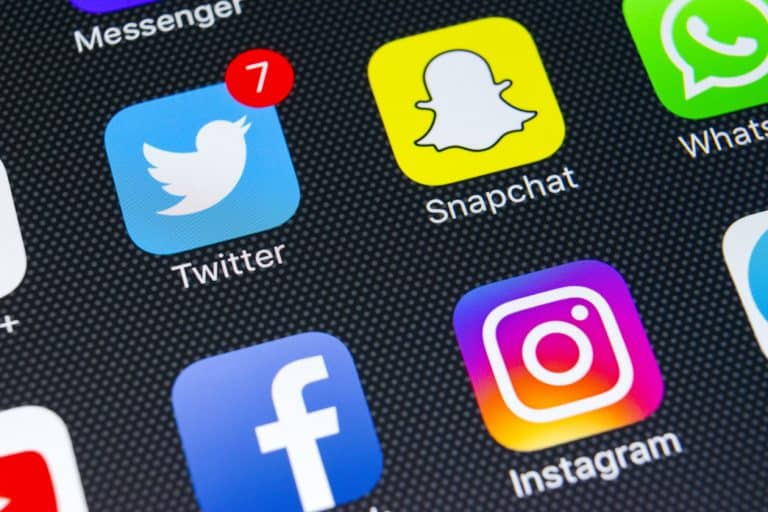
If you think incorporating a member of the animal kingdom into your logo would be good for your business, make sure you get that logo printed on some high-quality resin badges. The Dash Dynamics graphics team can also come up with the perfect animal-based logo for your business. We can aid your marketing with quality resin domed badges; a great way to create brand awareness.
Here are some badges we created for a housing association to help send a message to their tenants about being greener in their day to day lives to help avoid creating pollution:
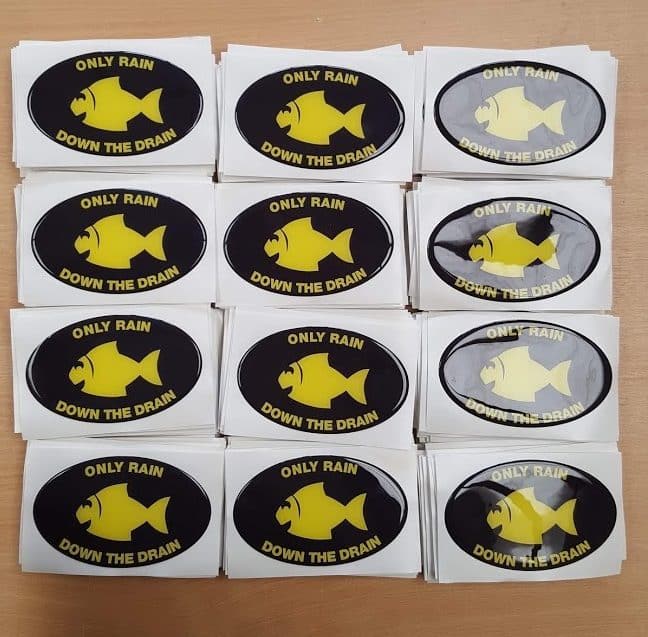
As you can see, the use of the fish is a great symbol to get the message across about keeping pollutants out of the water by reminding people that living creatures rely on the water staying clean in order to thrive.
Animals can certainly create a powerful image that can send across a great message.
